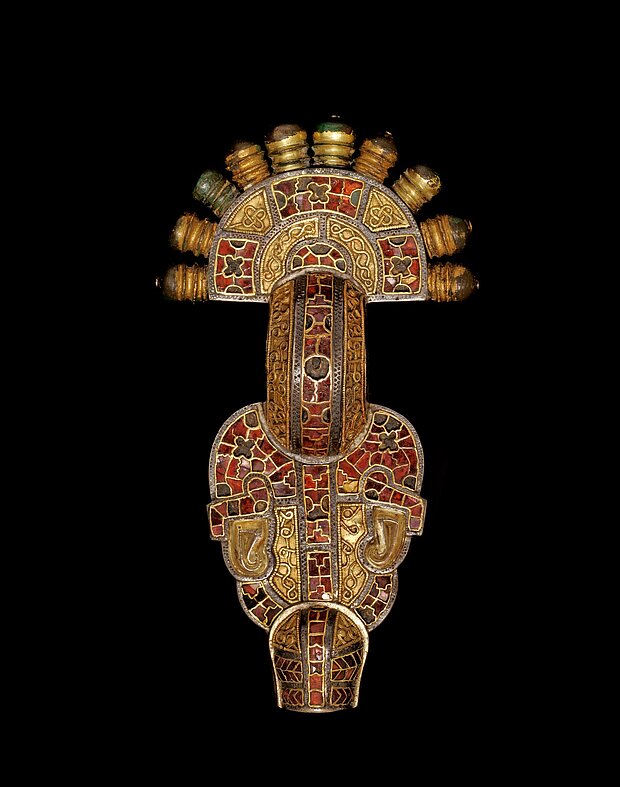
The history of the Bavarian State Archaeological Collection dates back to 1885. At that time, the physician and anthropologist Johannes Ranke handed over the collection of prehistoric artefacts to the Bavarian state. He had accumulated these objects for demonstration purposes in his lectures. King Ludwig II expressed his "highest appreciation" for this donation. The collection grew rapidly due to newly excavated finds. In 1934, all local artefacts from the Bavarian National Museum and in 1937 those from the Historical Society of Upper Bavaria were transferred to the then Prehistoric State Collection.
The plentiful collection was displayed in several rooms of the Old Academy in Neuhauser Straße, which, however, always suffered from a lack of space. In 1943, the whole collection and all documents had to be moved to locations outside of Munich to protect them from the bombardments of the Second World War. In fact, the building was badly damaged in an air raid in April 1944, destroying some of the ancient stone monuments which had been left behind.
From 1949, under its director Friedrich Wagner, the collection was housed in a side wing of the Bavarian National Museum in Prinzregentenstraße. It was not until 1976 that the museum was able to move into its own new building in Lerchenfeldstraße by the English Garden, its current location. Its striking, rust-coloured Corten steel façade still characterises the exterior of the building to this day. In 2000, the museum was renamed from "Prehistoric State Collection" to "Bavarian State Archaeological Collection" in order to do justice to the now expanded scope of the collection.